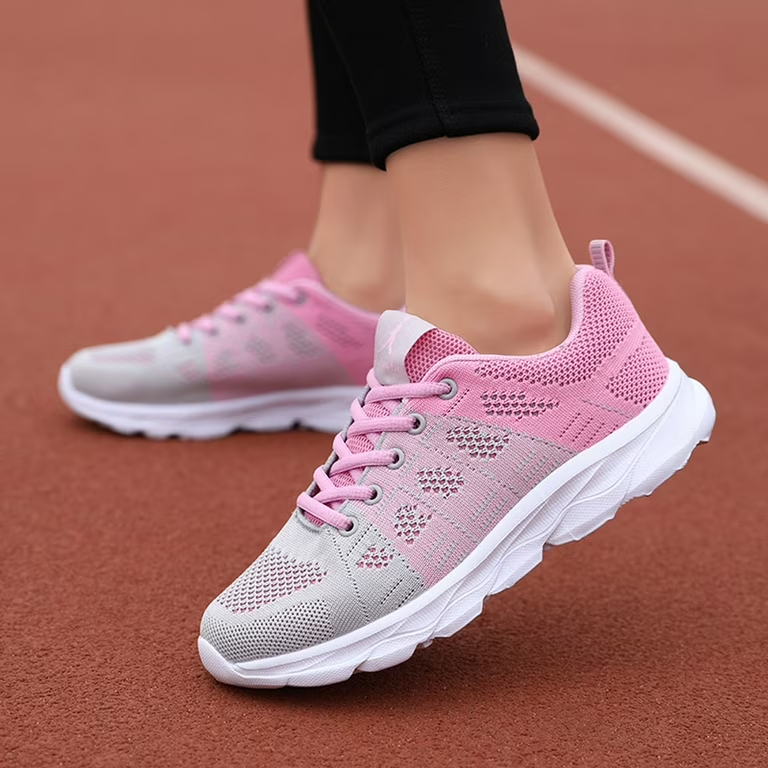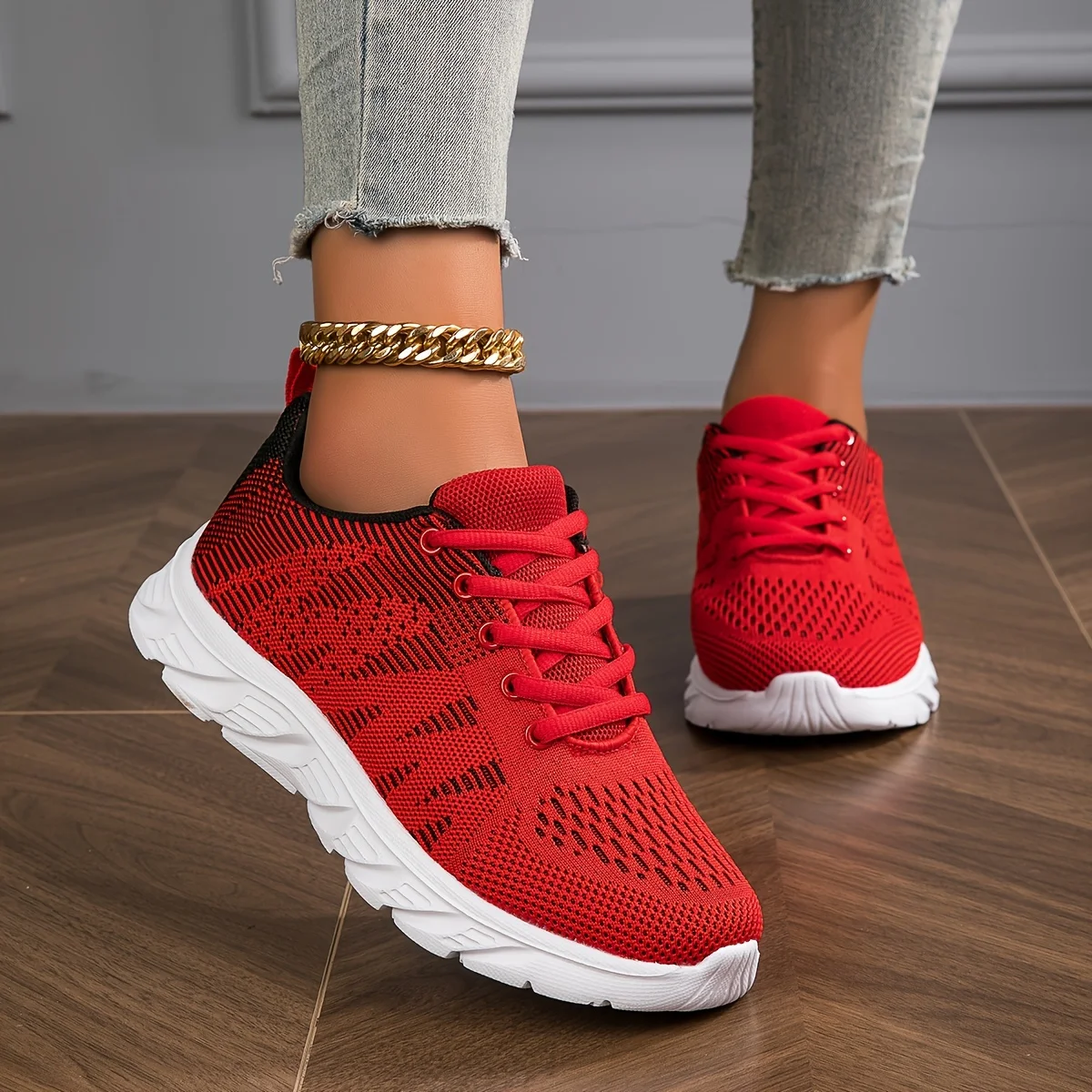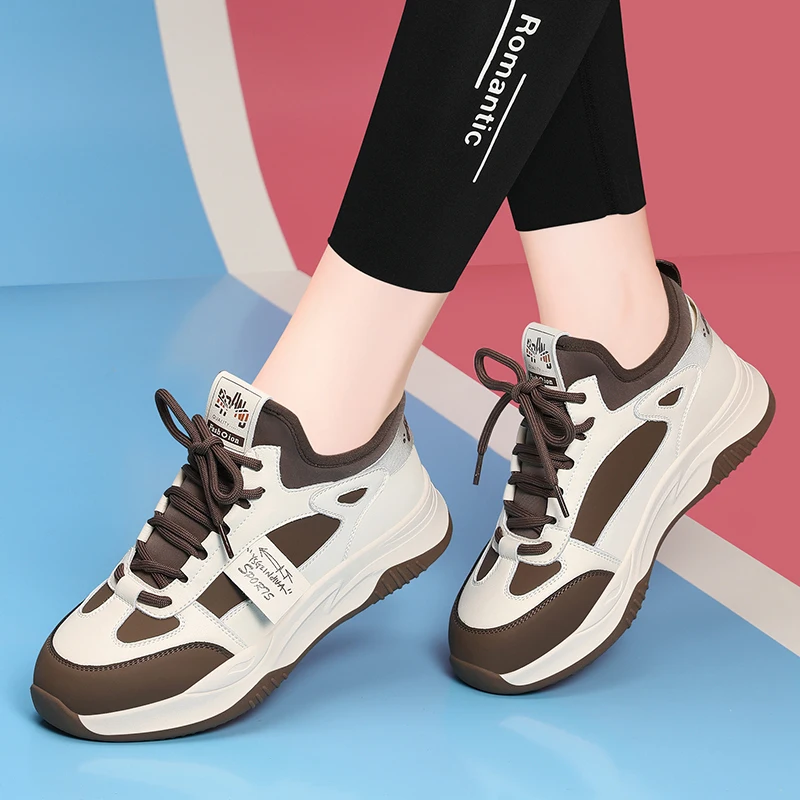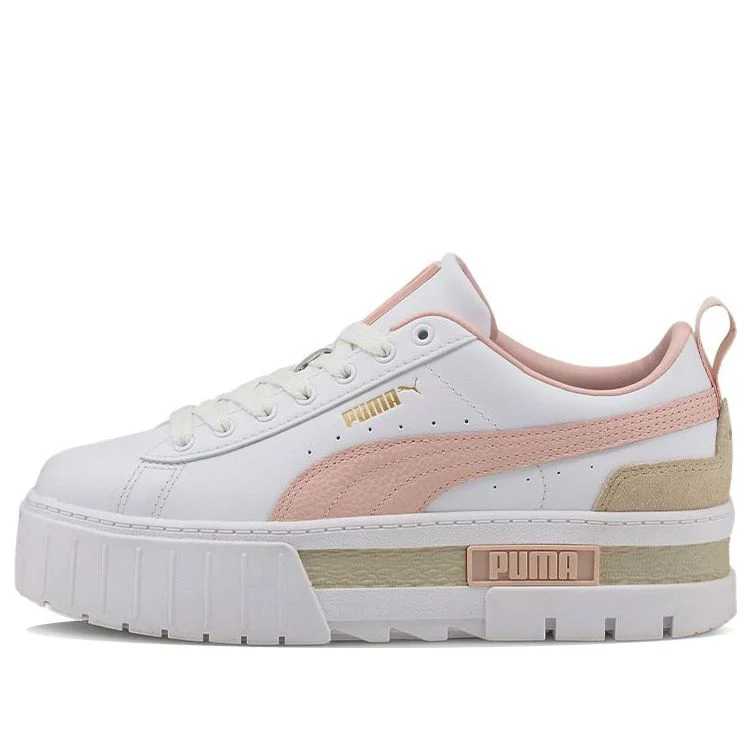
The Right Time to Replace Running Shoes
The Importance of Proper Running Shoe Maintenance
Proper running shoe maintenance is key to your feet’s health and your athletic performance. Worn-out shoes can lead to injuries, discomfort, and less effective workouts. But with the right care, you can extend the life of your shoes and save money in the long run. Care involves regular cleaning, drying out shoes after runs, and rotating between pairs if possible. Paying attention to how often you replace your running shoes also fits into maintenance. By doing so, you ensure maximum cushioning and support for your feet, which is crucial especially during long-distance runs or high-impact workouts. Remember, the goal of maintaining running shoes is not just about extending their physical life, but also ensuring they provide the necessary protection and performance for every run.
Key Signs Your Running Shoes Need Replacement
Identifying when to replace your running shoes is crucial for maintaining foot health and performance. There are key indicators that signal it’s time for a new pair. Firstly, observe the midsole cushioning. If it feels hard or less responsive, the cushioning has likely worn out. Another sign is uneven wear on the soles. This can lead to an imbalance in your gait, potentially causing injuries. Look for noticeable creasing as well in the midsole foam, indicating a breakdown in support.
Examine the tread pattern on the bottom of your shoes. Significant wear in high-impact areas suggests that the grip and stability are compromised. Additionally, if you experience increased discomfort or new pains when running, your shoes may no longer be providing adequate support. Lastly, keep track of the mileage. If you’ve logged more miles than the typical range suggested for running shoes, it’s probably time to consider a replacement. Remember, paying attention to these signs can help you determine how often you should replace your running shoes and avoid any unnecessary setbacks due to worn-out gear.
The Role of Mileage in Determining Shoe Lifespan
Tracking mileage is key in knowing when to replace running shoes. The typical lifespan for a pair of running shoes is between 300 to 500 miles. This range can vary based on running style, weight, and shoe quality. Runners should note the date they started using their shoes to keep a record of the distance covered. Some runners use apps to track their miles. Others write the mileage on the soles. As you near 300 miles, start checking for the signs of wear we discussed earlier. As miles add up, cushioning compresses, and support structures weaken. This increases the risk of injury. Keep in mind, heavier runners may need to replace their shoes sooner than lighter ones. If you run on rough terrain, your shoes’ life might also be shorter. In conclusion, consider both mileage and visible wear to decide how often should you replace your running shoes.
Factors Affecting the Longevity of Running Shoes
Several factors play a role in how long running shoes last before needing replacement.
Running Style and Technique
Your running style has a big impact on your shoes. Running with a heavy stride may compress the cushioning faster. Also, if you tend to drag your feet, the soles will wear out quicker.
Weight of the Runner
The body weight a shoe carries can affect its lifespan. Heavier runners may find that their shoes break down more quickly than lighter runners.
Running Surface
Different surfaces wear shoes down at different rates. Asphalt and rough trails are harder on shoes than a treadmill or track.
Frequency of Runs
How often you run is also key. More frequent runs mean replacing shoes sooner, as they have less time to recover between sessions.
Shoe Quality and Materials
High-quality materials can enhance durability. Investing in a well-made pair of shoes might give you more miles before wear shows.
Climate and Weather Conditions
Wet, hot, or cold conditions can degrade the materials of your running shoes over time, affecting their functionality and support.
By understanding these factors, runners can better gauge how often should they replace their running shoes to maintain optimal performance and foot health.
Tips for Extending the Life of Your Running Shoes
To help your running shoes last longer, follow these practical tips. First, clean them regularly. Dirt and grit can break down materials faster. Use a soft brush and mild soap, and avoid the washing machine which can damage them. Second, dry your shoes properly after each run. Never put them near a direct heat source. Instead, stuff them with newspaper to absorb moisture and preserve their shape. Rotating between multiple pairs of shoes is another good strategy. It allows each pair to fully recover, reducing overall wear and tear. Also, use the right shoes for the right activity. Don’t wear running shoes for other sports, as they’re designed specifically for the impact and motions of running. Lastly, store them in a cool, dry place away from direct sunlight to prevent the materials from degrading. By following these steps, you can increase the time between when you need to replace your running shoes.
How Shoe Technology and Model Affect Replacement Frequency
The shoe tech and model greatly influence how often you should replace your running shoes. Let’s explore these factors.
Impact of Shoe Technology
Modern running shoes boast advanced technologies. These can cushion your feet, manage sweat, or adjust to your stride. But tech can also shorten or extend shoe life. For instance, shoes with gel or air-based cushioning might last longer than standard foam. However, as tech evolves, the signs of wear may not be as obvious. Stay alert for less clear indicators of breakdown. This ensures you don’t overuse them.
Variations Among Shoe Models
Different models also mean different lifespans. High-mileage shoes are built for endurance, thus may last longer. Racing flats, on the other hand, wear out swiftly due to their lightweight design. Again, tracking how often these shoes are replaced is key. Keep in mind that updates in models can affect longevity too. A newer version of your favorite shoe could have a different wear rate. Always check reviews or ask experts about the expected mileage for any model. Understanding these aspects will help you better determine replacement timing for your shoes.
The Impact of Running Form and Gait on Shoe Wear
Your running form and gait significantly affect how your running shoes wear down. How you land on your feet, the way you stride, and how your foot rolls affect the pressure and impact on different parts of the shoe. Here’s how these elements contribute to the wear and tear of your running shoes:
- Heel Strikers: If you land on your heels when you run, the back part of your running shoes might show quicker wear. Heel strikers often find the tread on the heel is the first to go.
- Forefoot Strikers: Those landing on the balls of their feet will notice more wear in the forefoot area. This can compress cushioning and wear out the sole faster.
- Overpronators: Runners who roll their feet inward excessively, known as overpronation, can lead to uneven wear on the inside part of the shoe sole.
- Supinators: Conversely, underpronation, or supination, causes additional stress on the outer edge of the shoe, leading to uneven wear patterns here.
By understanding your running form, you can anticipate where your shoes might wear down first. This knowledge helps you decide how often should you replace your running shoes. Watching for uneven wear can also indicate if you might benefit from insoles or running shoes designed for specific gait patterns.
It’s important to analyze your gait and consider any changes you might need. Proper running form can help reduce the stress on your shoes and increase their longevity. Specialist running stores offer gait analysis and can advise you on the best shoes for your running style. This personalized advice ensures you get the most out of your running shoes and know when it’s time for a new pair.
When to Invest in a New Pair: Decision-Making Guidelines
Deciding when to replace running shoes is crucial. Here are some guidelines to follow:
- Track your mileage: Always keep tabs on miles logged in your shoes. Consider a new pair after 300 to 500 miles.
- Inspect for wear: Regularly look for signs of wear, such as flat treads or hard midsoles.
- Listen to your body: Any new aches or pains might signal it’s time for new shoes.
- Check cushioning and support: If the cushioning doesn’t bounce back, or you notice reduced support, get replacements.
- Assess running form: Understand your gait and look for uneven wear patterns. These might require a shoe change.
- Consider frequency: More runs each week will mean you’ll need new shoes sooner.
- Review shoe technology: Keep in mind, newer technologies might impact how often shoes need replacing.
- Be proactive: Don’t wait for complete breakdown; replace shoes to prevent potential injuries.
- Advice from specialists: Talk to professionals or get a gait analysis if unsure about your shoes.
By following these tips, you can better determine how often should you replace your running shoes. Making an informed decision can save you from discomfort and enhance your running performance. Be attentive and proactive with your running shoe maintenance. Investing in your shoes is investing in your health and athletic ability.





